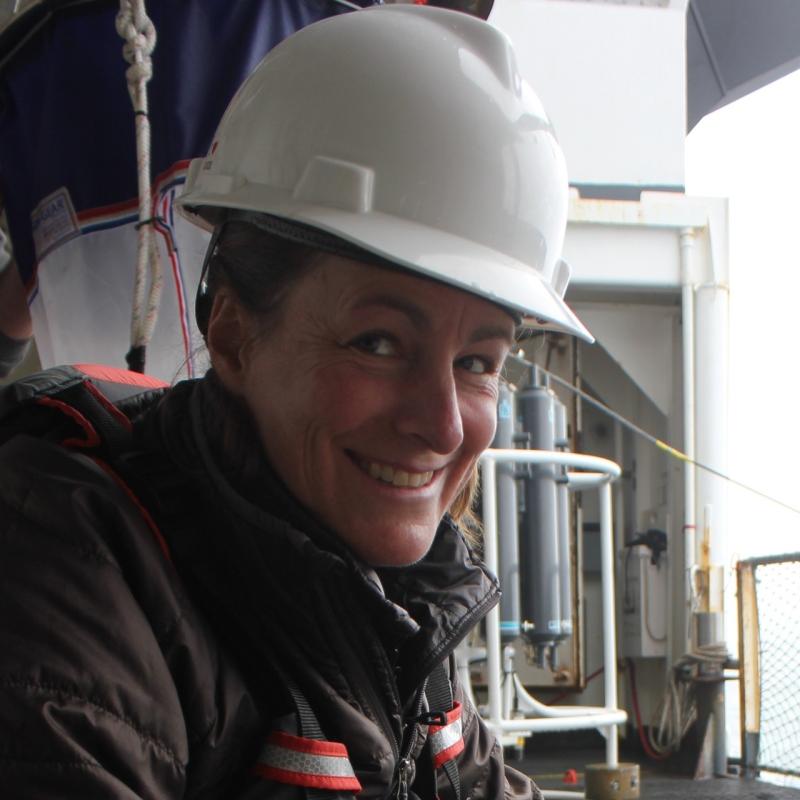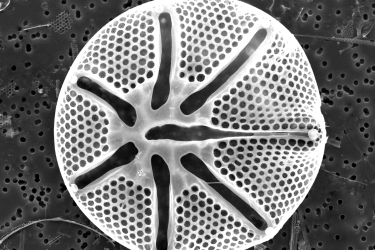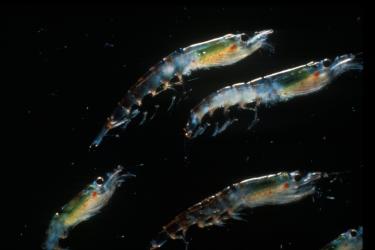We are currently 150 miles off Newport, sampling aboard the NOAA ship Bell M. Shimada.

Satellite image of surface chlorophyll. You can clearly see the Columbia River plume and other bloom areas off Washington and southern Oregon. As we transit through these areas, we will update you on what we find. Photo: NOAA Fisheries
Initial observations so far are that our nets were full of crab larvae at the inner most station 1 mile off the beach at Newport. As we moved farther offshore, the water became more clear and blue and now our nets are filled with a charismatic copepod, Neocalanus. This copepod is preferred prey for Sablefish.

Lot's of crab larvae collected 1 nm off Newport. These are Fabia subquadrata- a pea crab that lives commonly in the mantle of bivalves. Photo: NOAA Fisheries

Close-up of the copepod Neocalanus. They are the copepods with the long red antennae. Photo: NOAA Fisheries
We haven't seen any pyrosomes yet, something very different compared to our sampling at this time last year when our nets were filled with them. While some species of harmful algae (Pseudo nitzchia) have been present in our samples, they have not been in high densities.

Two plankton samples collected 1 and 150 miles offshore. The sample on the left was collected 1 mile off Newport. It is 95% crab larvae (pea crabs that live commensally in bivalves). The sample on the right was collected 150 miles offshore- the pink is from Doliolids (salps) and the charismatic copepod Neocalanus. Photo: NOAA Fisheries


